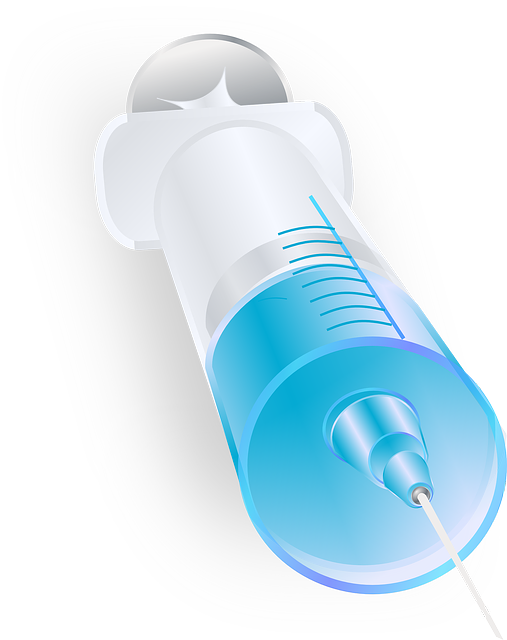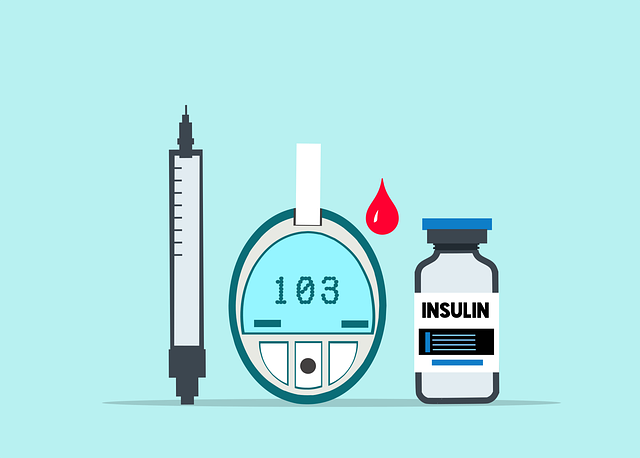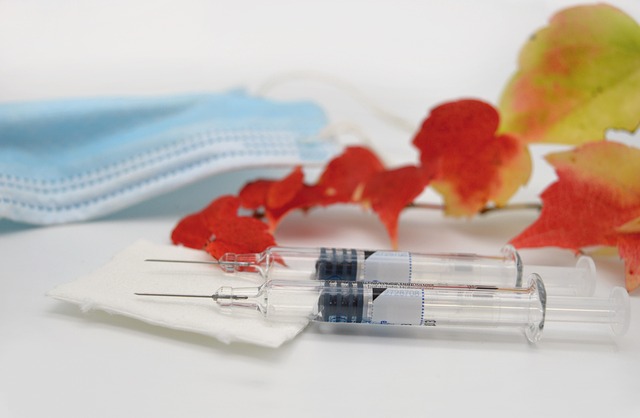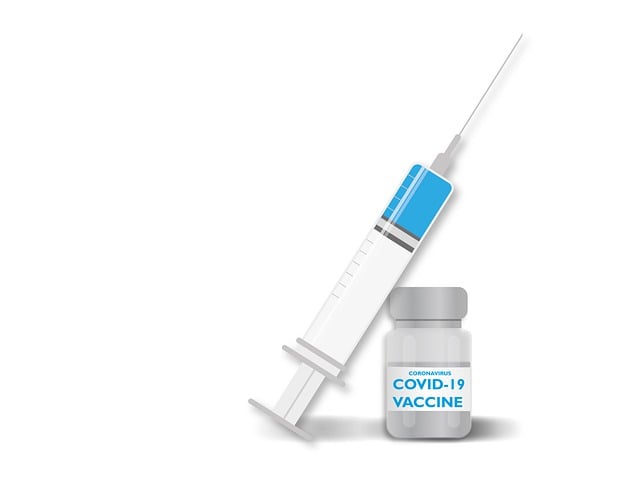Boise ID Ozone Treatment offers a cutting-edge solution for purifying air and water using high-concentration ozone (O3) as a powerful oxidizer. Effective against pollutants, bacteria, viruses, and odors, it maintains cleaner environments in residential and commercial spaces. In water treatment, it breaks down contaminants without harsh chemicals, providing safe drinking water. The method is also used in healthcare for disinfection, enhancing patient safety. Strategic implementation involves on-site ozone generation, regular maintenance, and staff training. Future prospects include advanced oxidation processes (AOPs), smart city technologies, and ongoing research for cost-effective solutions.
“Discover the transformative power of Boise ID Ozone Treatment, a cutting-edge approach to water purification. This comprehensive guide explores the science behind ozone treatment, its remarkable benefits for various industries, and how it’s revolutionizing water management in Idaho and beyond. From understanding its mechanism to its diverse applications, this article offers an in-depth look at why Boise ID Ozone Treatment is a game-changer in environmental conservation.”
- Understanding Boise ID Ozone Treatment: A Comprehensive Overview
- How Does Ozone Treatment Work for Water Purification?
- Benefits of Using Ozone in Water Treatment Systems
- Applications: Industries Benefiting from Boise ID Ozone Technology
- Implementation and Maintenance of Ozone Treatment Plants
- Future Prospects: Trends Shaping Boise ID Ozone Treatment
Understanding Boise ID Ozone Treatment: A Comprehensive Overview

Boise ID ozone treatment is a cutting-edge method that utilizes the power of oxygen molecules to cleanse and purify air and water. This innovative process involves the introduction of high-concentration ozone (O3) into the target environment, which acts as a strong oxidizer, effectively eliminating various pollutants, bacteria, viruses, and odors. By breaking down these contaminants, Boise ID ozone treatment ensures cleaner and safer air and water for both residential and commercial settings.
The process is not just about purification; it’s also about maintaining a healthy environment. Ozone treatment is particularly effective in reducing volatile organic compounds (VOCs) and other harmful substances that can impact indoor air quality. In Boise, Idaho, where outdoor air quality can be affected by various factors, ozone treatment offers a proactive solution to create healthier living and working spaces. This comprehensive overview highlights the benefits and applications of Boise ID ozone treatment, providing insights into how it can transform environments into cleaner, more vibrant spaces.
How Does Ozone Treatment Work for Water Purification?

Ozone treatment, a popular method for water purification, has been widely adopted in Boise, Idaho, and beyond. This powerful process utilizes ozone (O3), a gas composed of three oxygen atoms, to sanitize water effectively. When introduced into water, ozone molecules rapidly react with impurities, including bacteria, viruses, and other contaminants, breaking them down into harmless byproducts like oxygen and water.
The mechanism behind Boise ID ozone treatment is both intricate and efficient. Ozone is generated on-site through an electrical discharge process, which converts ordinary oxygen (O2) into the highly reactive ozone gas. This generated ozone is then carefully dissolved into the water supply, where it goes to work neutralizing and destroying pathogens and other pollutants. Unlike some traditional chemicals, ozone treatment leaves no residual byproducts, ensuring safe, clean water for various applications, from drinking water to industrial processes.
Benefits of Using Ozone in Water Treatment Systems

Ozone treatment has emerged as a powerful tool in water purification, and Boise ID ozone treatment systems are leading the way in providing clean and safe drinking water. This innovative process offers numerous advantages over traditional methods. By introducing ozone (O3) into water, harmful bacteria, viruses, and other contaminants are effectively eliminated, ensuring water that is not only sterile but also chemically stable.
One of the key benefits is its ability to reduce or eliminate the need for harsh chemicals like chlorine, which can leave residuals in the water supply. This makes Boise ID ozone treatment an eco-friendly option, as it minimizes environmental impact and potential health risks associated with chemical byproducts. Moreover, ozone treatment is highly efficient, providing rapid disinfection while also maintaining the natural taste and odor of water, making it a superior choice for households and commercial applications alike in Boise, Idaho.
Applications: Industries Benefiting from Boise ID Ozone Technology

The Boise ID Ozone treatment has found its way into various industries, revolutionizing processes and improving efficiency. One of its key applications lies in water purification, where it effectively breaks down contaminants, ensuring cleaner and safer drinking water. This technology is especially beneficial for municipalities and water treatment plants looking to meet stringent environmental standards.
Additionally, the Boise ID Ozone Treatment is making waves in the healthcare sector. It’s used for disinfection and sterilization purposes, providing a powerful yet gentle method to eliminate bacteria and viruses from medical equipment and surfaces. This application ensures safer patient care and reduces the risk of infections in hospitals and clinics.
Implementation and Maintenance of Ozone Treatment Plants

The implementation of Boise ID ozone treatment plants involves careful planning and execution. These facilities utilize ozonation technology to reduce harmful pollutants in water, enhancing its quality for both environmental and public health benefits. The process starts with treating raw water sources, where ozone is generated on-site through specialized equipment. This powerful oxidizer then reacts with contaminants, breaking them down into safer compounds. Once treated, the water is distributed for various uses, ensuring cleaner air and water in the Boise community.
Maintenance of these plants is crucial to ensure their long-term effectiveness. Regular monitoring and testing are essential to keep track of water quality standards. Skilled technicians perform routine checks on ozone generators, pumps, and filters, replacing or repairing components as needed. Additionally, ongoing training for staff ensures they stay updated with the latest techniques and safety protocols, guaranteeing a continuous supply of treated water for Boise’s needs.
Future Prospects: Trends Shaping Boise ID Ozone Treatment

The future of Boise ID ozone treatment looks promising as advancements in technology and growing environmental awareness drive innovation. One prominent trend is the increasing adoption of advanced oxidation processes (AOPs) that use ozone to break down pollutants more efficiently, ensuring cleaner air for residents. With ongoing research focusing on optimizing ozone generation systems and improving their scalability, we can expect more effective and cost-friendly Boise ID ozone treatment solutions in the near future.
Additionally, integration of smart city technologies promises to enhance the monitoring and management of air quality in real-time. This data-driven approach allows for more precise targeting of pollution hotspots, ensuring that Boise ID ozone treatment efforts are tailored to specific needs. As a result, we may witness improved public health outcomes and reduced environmental impact, making Boise a leader in sustainable urban living.
Boise ID ozone treatment has emerged as a revolutionary technology, offering efficient water purification solutions. By harnessing the power of ozone, this innovative process provides numerous benefits, including enhanced water quality and reduced environmental impact. As industries across various sectors embrace this green alternative, the future looks bright for Boise ID ozone treatment, with continuous advancements promising even greater efficiency and accessibility. Understanding its mechanisms, applications, and potential opens doors to a sustainable and clean water future.






